If you’re visiting Buenos Aires, chances are it won’t be your only stop in Argentina. So before you’re off to explore the country’s diverse regions with their varying and sometimes extreme climates, make sure you take into account the different climate zones.
Argentina’s capital has a pleasant climate all year round. Summers are warm, sometimes even scorching, while winters are cold and humid. If you’re sensitive to heat or cold, consider visiting during the shoulder months.
So avoid January and February, the two summer months when temperatures surpass 30°C (86°F) in the shade. Winters, that is July and August (remember, we’re south of the equator!) can also be unpleasant. The humidity makes the 15°C (59°F) feel even colder. Instead, opt for March, April, May and September, October or November.
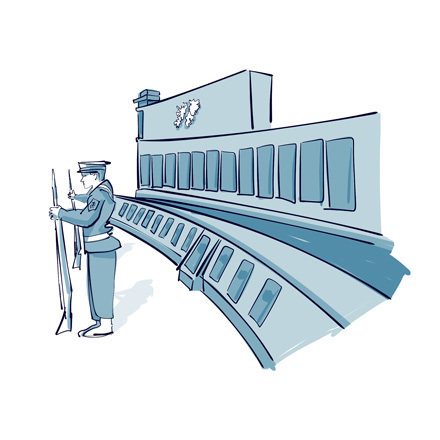
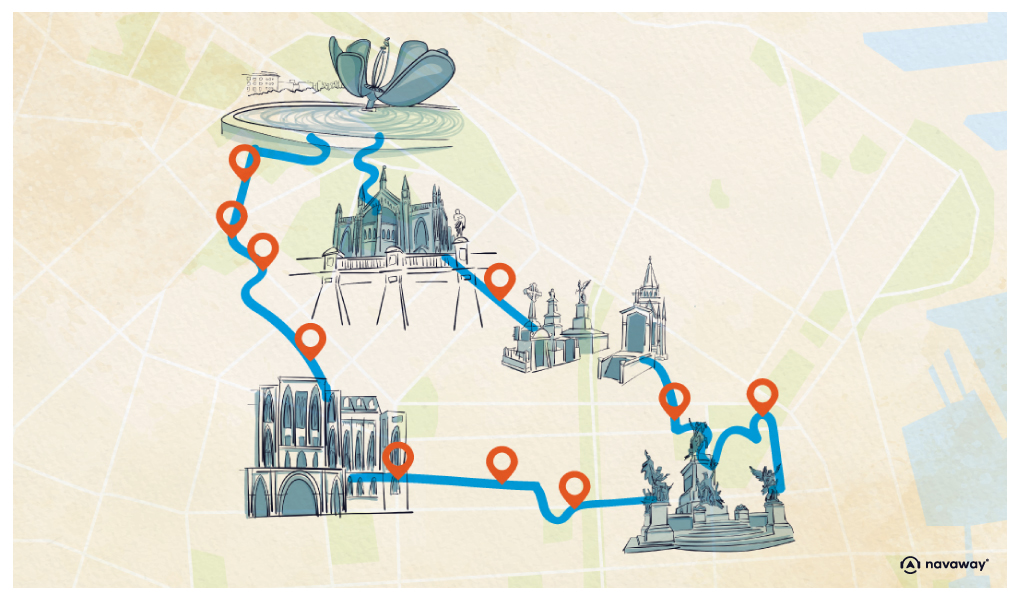
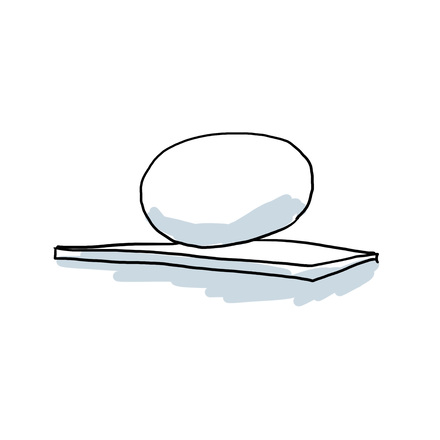
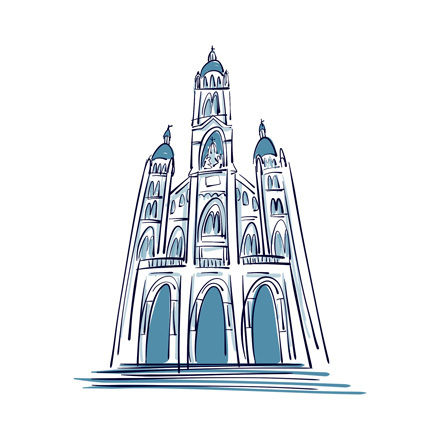
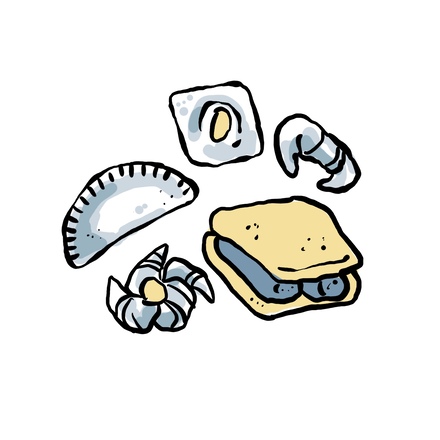
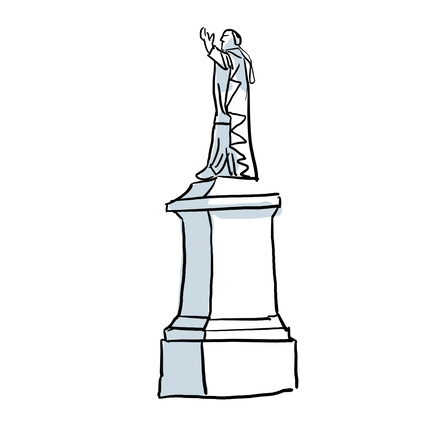
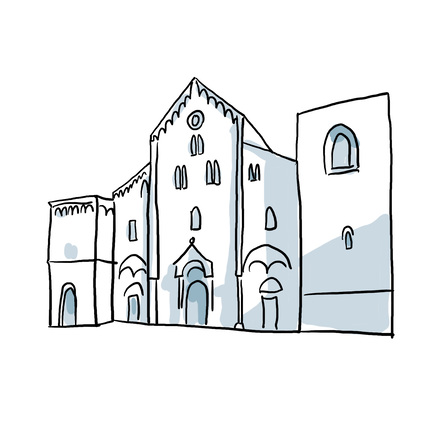
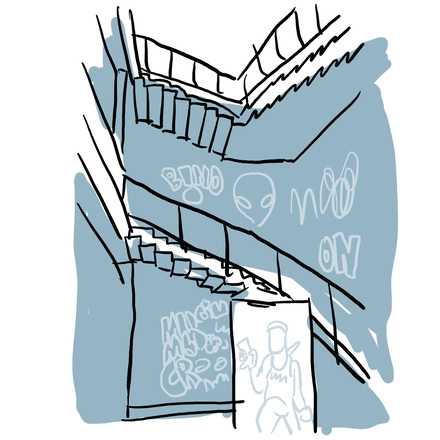
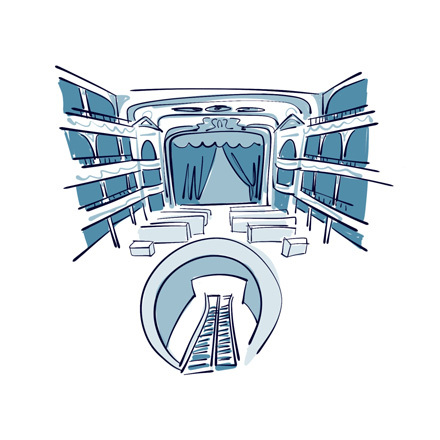

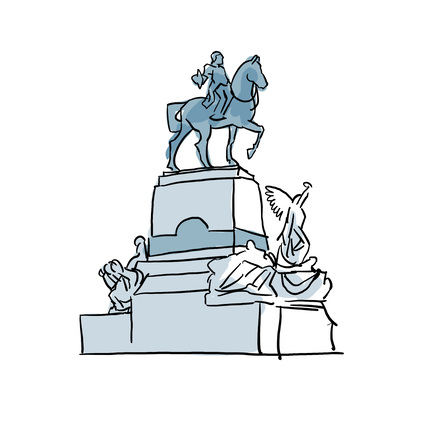
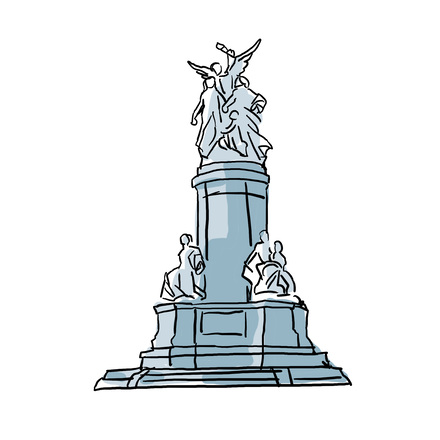
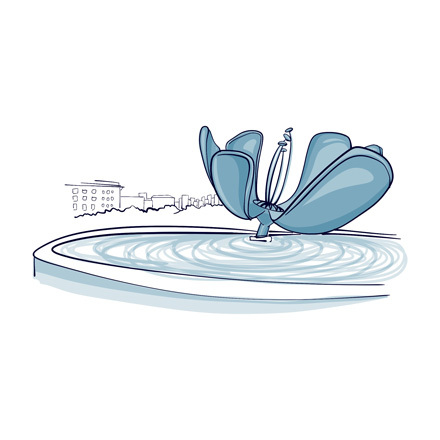
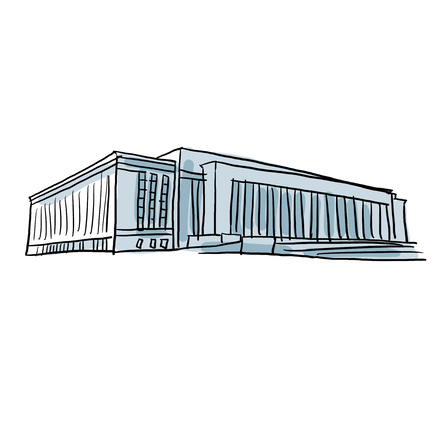

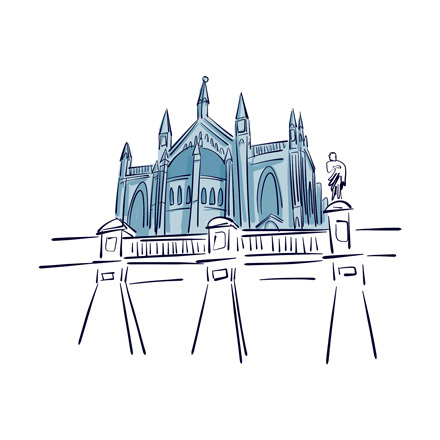
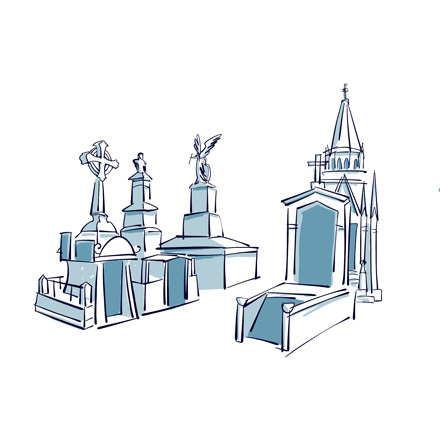
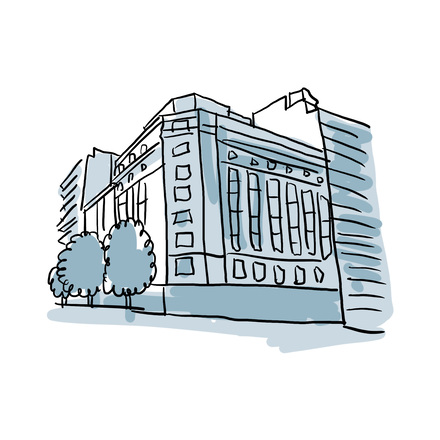
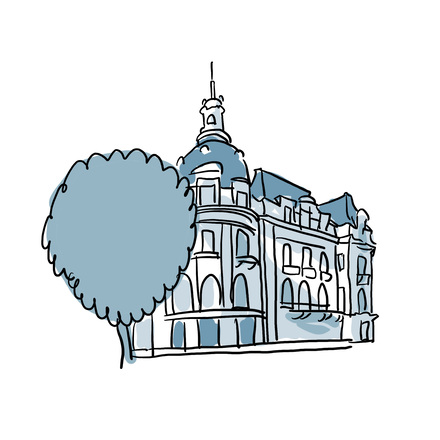
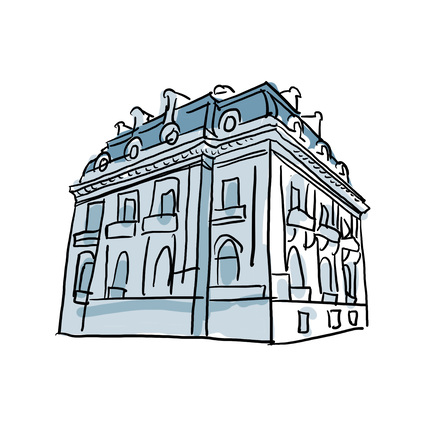
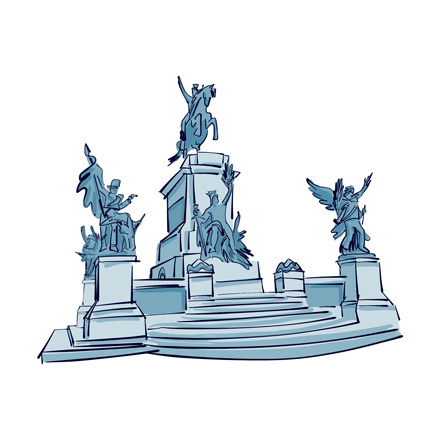
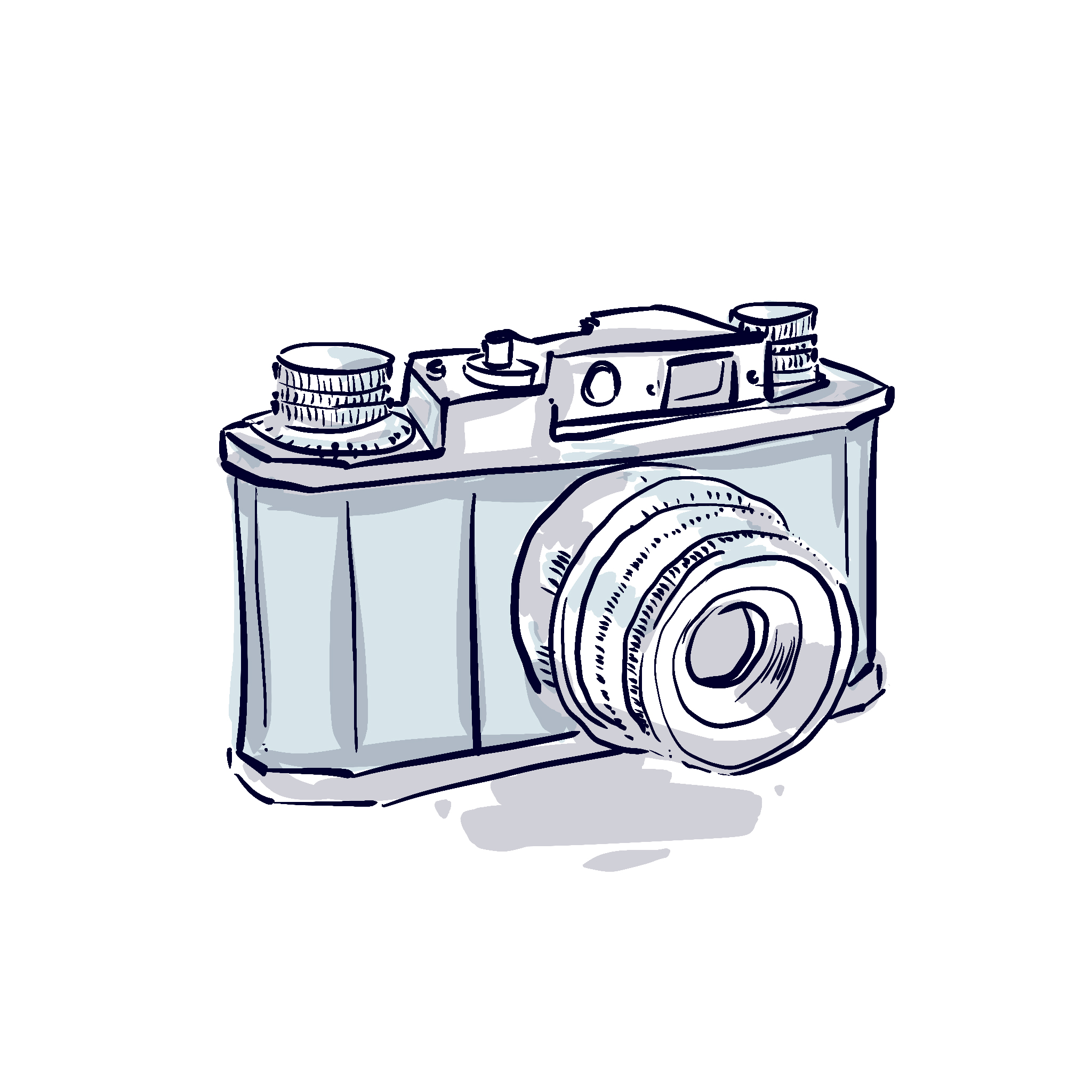

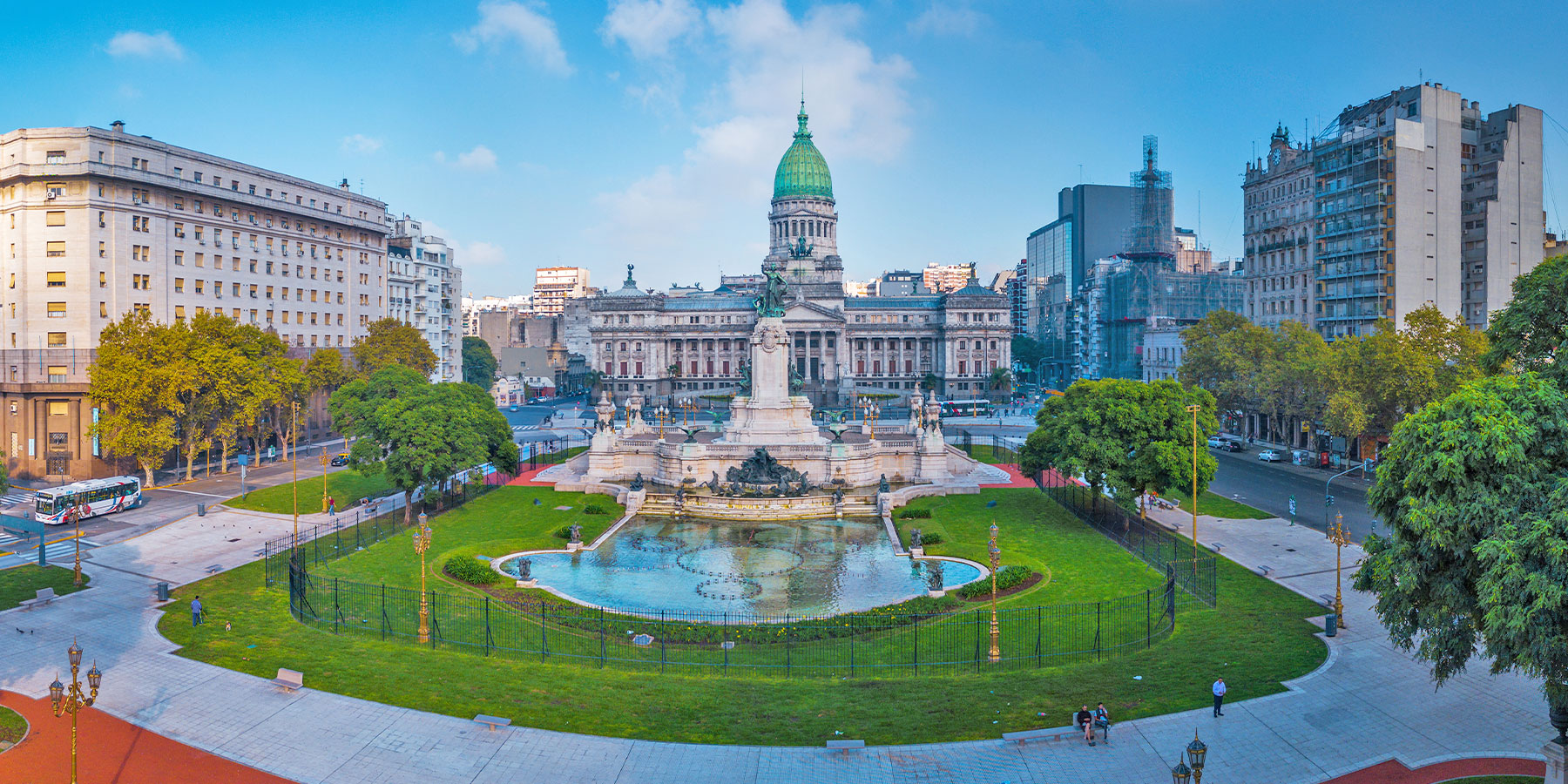


Comments